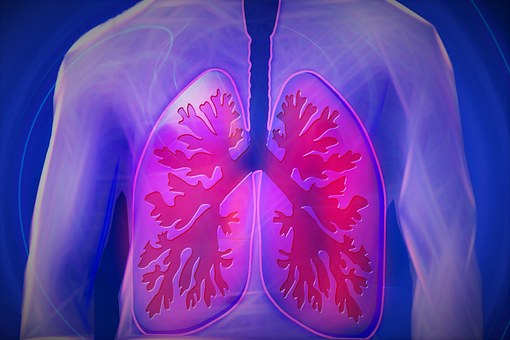
Due to high altitudes, lung diseases are a much more frequent risk in that of the Tibetan population, than they would be in other places. Consequently, those who are not native to Tibet may lack such knowledge of just how much this can affect the people by worsening their health, especially the children. In fact, according to tibetjustice.org we learn what lung diseases in particular cause the most problems for the younger demographic. The report goes to say, “Based on our interviews with children and discussions with physicians from Tibet, the most common serious health problems for Tibetan children appear to be acute upper respiratory infections (such as pneumonia), diarrhea diseases, hepatitis, hydatid disease and tuberculosis.”
And while some may be familiar with upper respiratory infections, hepatitis, and/or even tuberculosis (because they have experienced an upper respiratory infection and received antibiotics for such, or have received vaccinations for hepatitis and/or tuberculosis), the Tibetan people might not receive such luxury as their level of healthcare depends heavily on where they reside. For, they may either receive some treatment, or none at all depending on where they are located, and/or reside.
As a result, if these diseases are left untreated they can either worsen, and even result in death. For, hepatitis varies depending on the stage in which it is in. “Acute hepatitis B, if left untreated, can develop into chronic (long-term) hepatitis B, which is more difficult to manage and can lead to liver failure, liver cancer and even death.” While, Tuberculosis can “cause life-threatening complications like permanent lung damage.”
Think of it like this; here in the states some may find themselves out of district, and/or out of radius whether it be for a particular internet package, delivery, and/or even a particular school district. This analogy can be used when one begins trying to understand the Tibetan treatment. For, it depends heavily on where the individual is located since “There are four distinct levels of health care facilities available in Tibet: the prefectural or municipal level, the county level, the township level, and the village level.”
In conclusion, Tibetan children will continue to be at risk for worsening health if their needs aren’t met. Unfortunately, changes must be made within the healthcare system in order for this to be done, but even so, one of the biggest benefits is for one to remain literate on such issues. For, it is only through such that breaches can be solved in that of Tibetan healthcare, so that gaps can be closed, and doors can be opened, for children to receive the treatment they need. Through rehab treatment centers Canada, people can receive professional support.